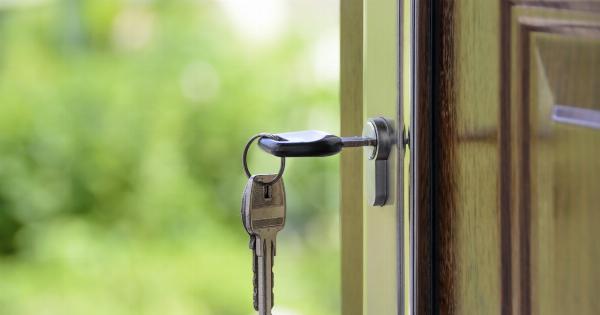Incontinence is a medical condition where a person experiences involuntary leakage of urine or feces. It can be temporary or permanent, and affects people of different ages and gender.
Incontinence can be due to a variety of reasons such as weakening of muscles, nerve damage, or underlying medical conditions like diabetes or stroke. It can be a source of embarrassment, discomfort, and social isolation for people struggling with this condition. Fortunately, there are ways to manage and treat incontinence to lead a normal and comfortable life.
In this article, we will discuss the tips and solutions for understanding incontinence.
Common Types of Incontinence
There are several types of incontinence, each with unique symptoms and causes. Understanding the differences between these types can help in the diagnosis and treatment of this condition. Here are some of the most common types of incontinence:.
1. Stress Incontinence
Stress incontinence is the most common type of incontinence. It is caused by weakened pelvic muscles that support the bladder and urethra.
As a result, any movement that exerts pressure on the bladder, such as sneezing, laughing, lifting heavy objects, or exercising, can cause leakage of urine. This type of incontinence is more common in women, especially those who have been pregnant or undergone childbirth.
2. Urge Incontinence
Urge incontinence is also called “overactive bladder.” It is characterized by a sudden and intense urge to urinate, followed by leakage of urine before reaching the toilet.
This type of incontinence is caused by the sudden and involuntary contraction of bladder muscles, sometimes without warning. It can be triggered by several factors such as alcohol, caffeine, medication, or neurological conditions.
3. Overflow Incontinence
Overflow incontinence is caused by a blockage or obstruction in the urinary tract that prevents the complete emptying of the bladder. As a result, the bladder becomes full and starts to leak urine.
This type of incontinence is more common in men, especially those with enlarged prostate glands.
4. Mixed Incontinence
Mixed incontinence is a combination of stress and urge incontinence. It is often caused by multiple factors such as pregnancy, menopause, obesity, or nerve damage. It can have varying symptoms depending on the severity of each type of incontinence.
Tips for Managing Incontinence
Managing incontinence requires a combination of lifestyle changes, medical treatments, and self-care strategies. Here are some tips for managing incontinence:.
1. Kegel Exercises
Kegel exercises are a form of pelvic floor muscle training that can help improve bladder control. These exercises involve contracting and relaxing the muscles that support the bladder and urethra.
Consistently doing Kegel exercises over time can improve muscle strength and reduce incontinence symptoms.
2. Diet Modification
Some foods and beverages can trigger or worsen incontinence symptoms. These include caffeine, alcohol, spicy foods, and citrus fruits. Reducing or eliminating these items from your diet can help in managing incontinence.
Eating foods high in fiber can also help prevent constipation, which can worsen incontinence symptoms.
3. Medications
Several medications can be used to treat incontinence, depending on the type and severity of the condition. Some medications work by relaxing bladder muscles, while others block nerve signals that trigger bladder contractions.
It is important to talk to your doctor about the potential side effects and risks of taking these medications.
4. Behavioral Strategies
Behavioral strategies can be effective in managing incontinence. These include scheduling regular toilet breaks, double voiding (emptying the bladder twice), and using protective pads or underwear to avoid leakages.
Biofeedback therapy, which involves using a device to monitor muscle activity, can also be helpful in improving bladder control.
5. Surgery
Surgery can be considered for severe cases of incontinence that do not respond to other treatments. Surgical options include bladder neck suspension, sling procedures, or artificial urinary sphincter implantation.
It is important to discuss the risks and benefits of surgery with your doctor and choose a qualified surgeon.
Conclusion
Incontinence can be a challenging and uncomfortable condition to live with. However, with proper management and treatment, it is possible to improve bladder control and lead a normal life.
It is important to talk to your doctor about your symptoms and concerns to determine the best course of action for your individual needs.


























